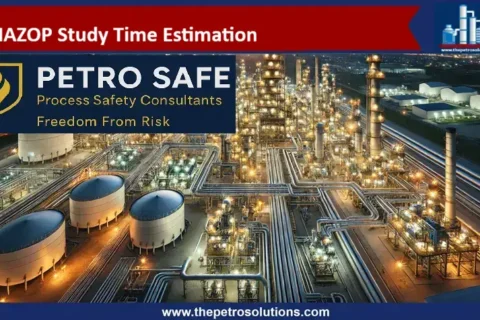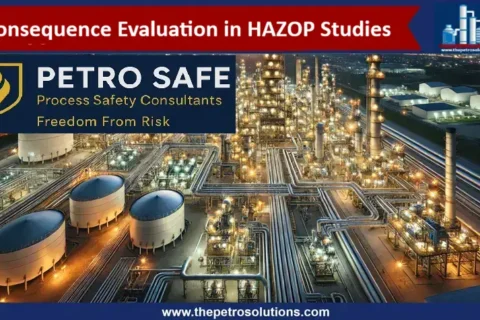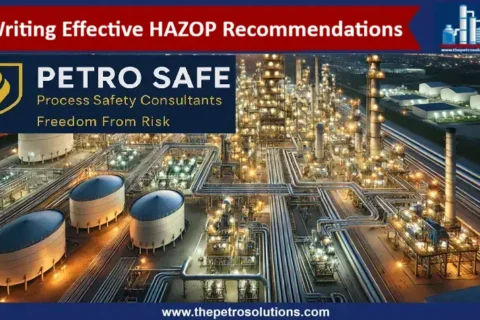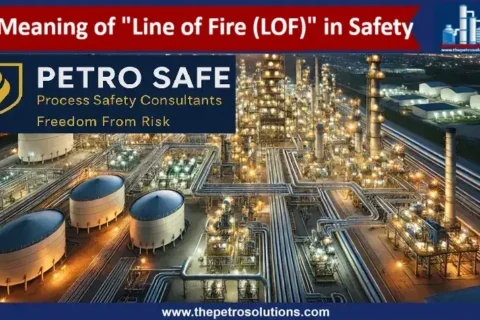Oil refinery residue upgrading or bottom-of-the-barrel upgrading is the process of conversion of heavy petroleum fractions into high-valued lighter petroleum products. In an oil refinery, the term bottom of the barrel meaning is the resid, residue or residuum of the crude distillation tower bottom called reduced crude or atmospheric residue and the vacuum distillation column bottom is called a vacuum residue. Both of these streams contain high concentrations of sulfur, nitrogen, and metals and much lower hydrogen-to-carbon ratios in the molecules.
The bottom of the barrel or residue has become a challenge for the refiners because of the gradual decline of the market of heavy residual fuel oils, strict environmental regulations, and high demand for lighter transportation fuels and petrochemicals. Further, the rise in the production of heavy and extra-heavy crude oils has increased the quantities of residue which restricts the refinery’s throughput. In such cases, the conversion of these residues becomes attractive, economical, and in some cases absolutely essential.

In upgrading the oil refinery bottom of the barrel process, the complex and high boiling fractions of petroleum residue are converted to more valuable liquid fuels or petrochemicals. The residue represents a significant portion of crude oil (40~50%) but its treatment still not has been up to the mark. The process economy of residue up-gradation is strongly affected by the amount and properties of the low-grade by-products produced.
Residuum Upgrading Process Options
There are various residue upgrading technologies in the market and it is very complicated to select the residue upgradation process. Actually, no single resid upgrading scheme is the best choice. Refiners must consider the potential of proven processes, evaluate the processes and choose based on the specific requirements. Further, it will be more economical if the selected process to upgrade residue is integrated with existing process units. The best selection depends on the types of crude oil, properties of residue, the market for products, financial, and environmental considerations. The best residue upgrading complex may contain both the catalytic and non-catalytic processes.

1. Non-Catalytic Residue Upgrading Processes
Non Catalytic processes are relatively cheap and reject carbon from the residuum to achieve satisfactory lighter products. However, less conversion and low-priced byproducts like residual fuel oil or carbon are the main disadvantages of the non-catalytic process.
- Solvent De-asphalting Separation Processes
- Carbon Rejection thermal cracking processes (Delayed Coking, Visbraking, Fluid or Flexicoking)
2. Catalytic Processes Residue Upgrading Processes
Catalytic processes show high conversion in the presence of catalysts. The foremost drawbacks of catalytic processes are high capital and operating costs.
- Residue catalytic cracking (Residue Fluid Catalytic Cracking)
- Hydrogen-addition residue conversion processes (Residue fixed bed hydrocracking process, Ebullated-bed hydrocracking process, Slurry hydrocracking process)
Following is the table that shows the comparison of various residue upgrading technologies;

Non-Catalytic Processes
Solvent Deasphalting Process (SDA)
It is a separation process in which the residue is separated based on molecular weight (density) instead of by boiling point and produces a less contaminated deasphalted oil (DAO) that is rich in paraffin. It is a relatively low-cost upgrading residue process with the flexibility to meet a wide range of deasphalted oil qualities. The heavy pitch stream contains most of the contaminants. A solvent (typically C3–C7) is used and recovered from both product streams. The Solvent Deasphalting process achieves ~35 % conversion.
Carbon Rejection or Thermal Cracking Processes
Thermal processing techniques convert residual oil into high-grade products by applying high temperatures without the utilization of any catalysts. The common thermal processes are Delayed Coking, Flexi coking or Fluid Coking, Visbreaking, and thermal cracking. Most of the time vacuum residue is the feed of these processes. Process economy depends upon the market of coke.
Delayed Coking
It is a common process for upgrading the vacuum residue. Vacuum Resid along with high-pressure steam is heated in a furnace at high velocity to a coking temperature of more than 450 oC, at the exit of the furnace. The feed then passes to a coke drum through a transfer line. The cracking reactions start in furnace tubes and continue in the coke drum in such a way that coke reactions are delayed and take place in the drum rather than in furnace tubes. The delayed coking process rejects almost complete carbon, metals, and sulfur from the feedstock and produces lighter feedstock with relatively higher Hydrogen to Carbon ratios.
Visbreaking Process
is a mild thermal cracking process applied to reduce the viscosity of vacuum residue to produce fuel oil and some light products to increase the distillate yield in a refinery. Depending on the feedstock properties and thermal severity in the heater, the process typically achieves 5–25% of conversion of the heavy ends to gas, gasoline, and distillates while producing fuel oil.
Fluid and Flexi Coking Process
The fluid and Flexi Coking processes are fluid bed processes that include cracking, coking, gasification, and coke-burning reactions. In these processes, part of the coke product is burned to provide the heat for coking reactions to convert vacuum residue into gasses, distillate, and coke. Flexi-coking, as compared to fluid coking, provides the options of partial or complete gasification of the coke product to produce a fuel gas. Using fluid beds in the reactor and burner provides efficient heat transfer and fast coking on a collectively large surface area of the small coke particles circulating between the reactor and burner.
Catalytic Processes
Residue Fluid Catalytic Cracking (RFCC) Process
the feed oil is injected into the reactor and contacted with the catalyst in a fluidized state, which converts the residue into C3-C4 olefins and gasoline fractions. These lighter products are separated in the downstream distillation towers and sent for product blending or treatment. The catalyst used in the reaction is continuously removed, regenerated, and circulated back to the reactor. This process can achieve 50~90 % conversion of the residue.
Hydroprocessing or Hydrogen Addition Technologies
These processes use a catalyst, high pressure, and Hydrogen-rich atmosphere to break down large molecules into smaller ones like LPG, Naphtha, Kerosene, and distillate. Various Hydrogen addition technologies are classified depending on the type of reactor used, e.g. fixed-bed, moving-bed, ebullated-bed, and slurry-bed processes.
Fixed Bed Residue Hydrocracking
It is a high conversion process with a conversion of up to 95 % depending upon the technology type and product requirements. Vacuum Residue (VR) is heated and injected into the hydrocracking reactor along with Hydrogen gas. At high temperatures and pressure heavy oil breaks into lighter LPG, Naphtha, Kerosene, and diesel. These products are then separated into a fractionation tower. Most of the time these products are contamination-free and can be blended with products. Hydrocracking can be single or two-stage process dealing with light and heavy vacuum gas oils, heavy coker gas oil, and light cycle oils.
The Ebullated-bed Hydrocracking
processes heavy feedstock residues, atmospheric, deasphalted oils, and vacuum residue. These feeds typically contain metals, CCR (Conradson carbon residue), nitrogen, or suspended solids that cause rapid catalyst fouling and contamination. Conversion ranges from 50 to 80% depending on feedstock. The ebullated bed reactor is the fluidized bed-type reactor that utilizes ebullition, or bubbling, to achieve appropriate mixing of liquid and catalyst particles.
Slurry Hydrocracking Process
Slurry bed processes are designed to handle residue with high dirt content, high asphalt, or even high waste. Very fine particles of catalyst in the slurry reactor will ensure low-pressure drop and high conversion. Feedstock, combined with catalyst, and hydrogen-rich recycle gas is heated and then introduced to the bottom of the first up-flow reactor at operating temperature. The catalyst tends to accumulate in the reactor, leading to the plugging of downstream equipment. The main advantage of the slurry-based process is that it can process a variety of feedstocks from refinery residue with more than 90% conversion.
For further information, discussion and questions please comment in the box below or contact at admin@
Certified Functional Safety Professional (FSP, TÜV SÜD), Certified HAZOP & PHA Leader, LOPA Practitioner, and Specialist in SIL Verification & Functional Safety Lifecycle, with 18 years of professional experience in Plant Operations and Process Safety across Petroleum Refining and Fertilizer Complexes.
- Nasir Hussain
- Nasir Hussain
- Nasir Hussain
- Nasir Hussain
- Nasir Hussain
- Nasir Hussain







6 thoughts on “Upgrading the Bottom of the Barrel”
AOA, very nice effort and acknowledgement , if specific reside carbon range apply to every crude